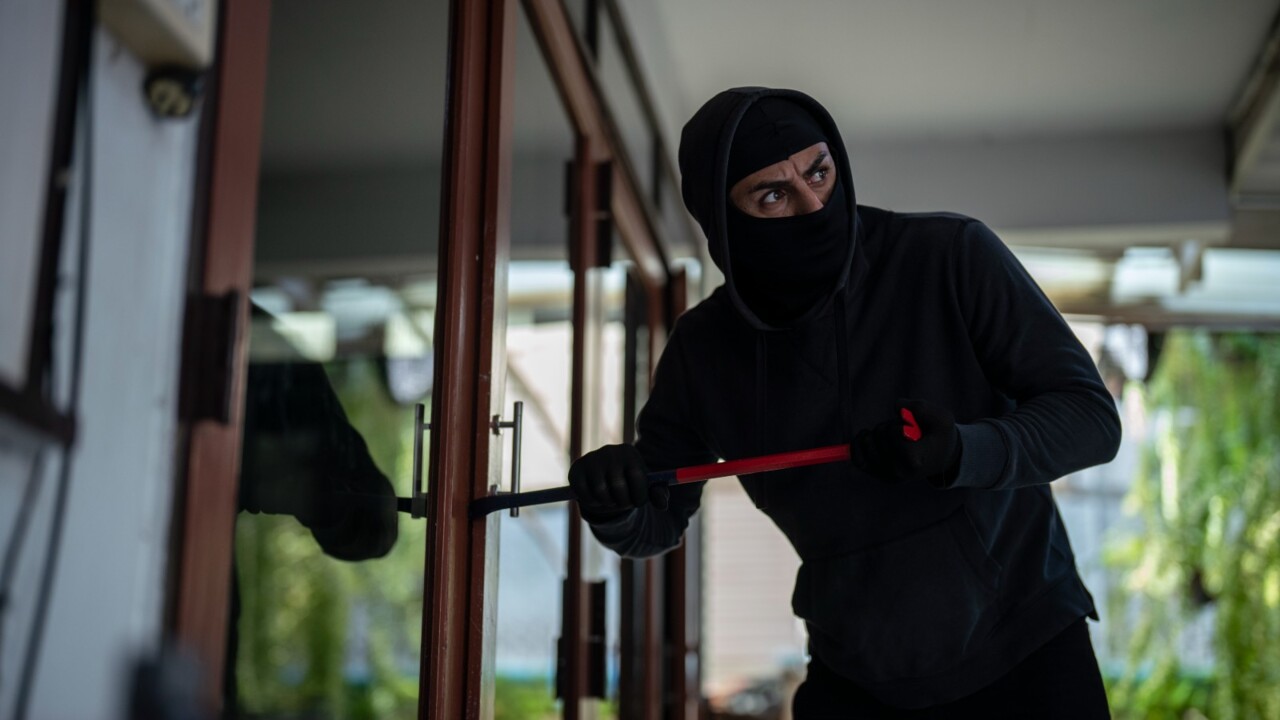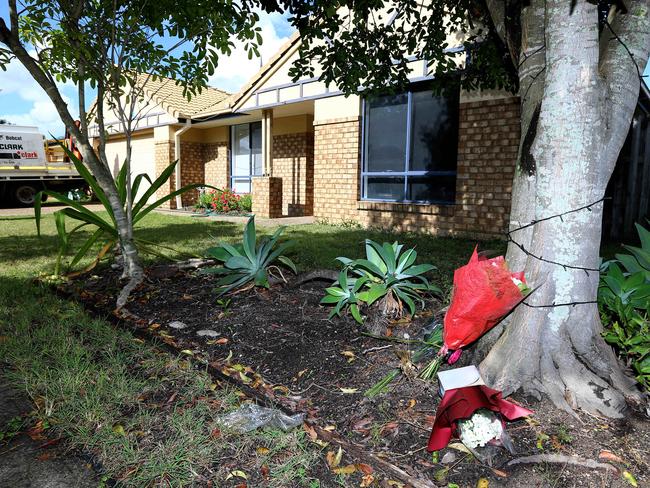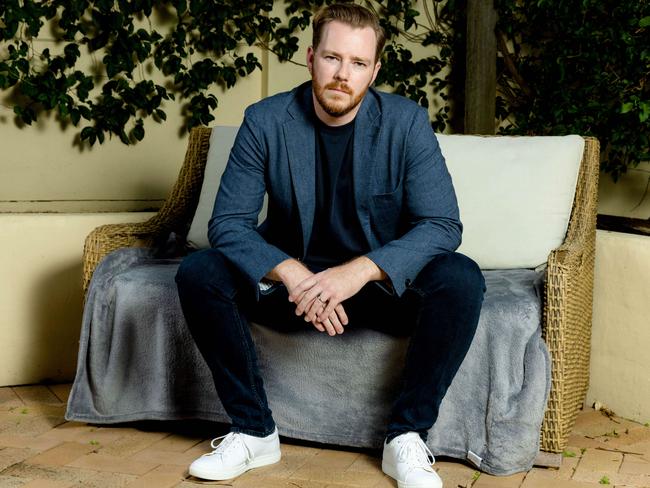Youth crime Qld: More than 70 serious offenders in residential care
More than 70 of Queensland’s serious youth offenders are living in “melting pot” state-run care homes on suburban streets where they’re enticed into committing crimes, as facilities struggle to cope.

QLD Politics
Don't miss out on the headlines from QLD Politics. Followed categories will be added to My News.
More than 70 of Queensland’s serious youth offenders are living in state-run care homes on suburban streets, with workers and police laying bare the shocking inadequacies of the under-pressure facilities.
Those on the ground say the residential care system needs an overhaul, with some homes described by staff as a melting pot where troubled children from traumatic backgrounds are enticed into committing crimes.
But advocates have warned against demonising residential care homes or the children who live in them – with many never linked to the youth justice system.
The number of children in residential care in Queensland more than doubled from about 700 in 2017 to 1651 from September last year. Of the total kids in care, less than 5 per cent – 72 out of 1651 – were under a supervised youth justice order.
And more than a quarter of Queensland teens in youth detention come from out of home care, which includes residential, kinship and foster care.
Police insiders told The Courier-Mail they were fed up with the state government’s lack of responsibility over kids in residential care, with sources saying cops were left to pick up the pieces of juvenile crime.
Workers described feeling overwhelmed when dealing with serious offenders – often in multiple numbers – in homes, with high worker turnover, a lack of services, and suffering abuse at the hands of the children in their care.
It comes after Premier Annastacia Palaszczuk said earlier this month there needed to be “more parental responsibility” for youth criminals.

Her comments followed another high-profile crime – a triple-fatality in Maryborough allegedly caused by a 13-year-old driving a stolen car – who was understood to have spent time in a residential care home under the watch of the state.
The homes were also in the spotlight following the shock death of mother-of-two Emma Lovell, who was allegedly murdered by two teens in state care at a home on the same North Lakes street.
Workers in several of Queensland’s residential care homes said while the majority of children in their care do not get caught up in youth crime, it can be exceedingly difficult to manage the ones that do.
“It’s a job that is incredibly mentally draining – which you are warned about – but I don’t think anyone can really understand until they are in the middle of it,” they said.
“Most of the kids are there because there is no other choice – their parents are dead or can’t look after them, they’ve been bounced around foster care, they’ve got disabilities.
“Some of them tend to gravitate to the older, tougher kids, and it sends them down the wrong track.”
Another said she was “overwhelmed” with dealing with kids she suspected of engaging in criminal behaviour, and often felt torn about whether to involve police.
“I feel sorry for them, but some (of the children) frighten me – I’ve been punched, I’ve seen them punch others. But I do feel stuck, because I know their backgrounds – some of these kids have nothing but each other,” she said.
PeakCare Queensland executive director Tom Allsop said while it was crucial not to demonise children who are in residential care, it was also true there were issues with the system.

Mr Allsop said a highly-casualised workforce across the state’s care homes meant it was difficult for children to develop consistent relationships with carers.
“There is some really good work being done in residential care, but we also know it leads to the least preferred outcomes for kids,” he said.
“We need to look at the alternatives – there are too many kids in these homes, and Queensland has far and above the most number of kids in residential care.”
A Department of Child Safety spokeswoman said the homes provided therapeutic support – such as specialist health and mental health services – but said many children were likely to have challenging and high-risk behaviours.
“Every child deserves to be safe and residential services are an important part of a suite of placement options available to keep children safe and supported,” she said.
“Residential care placements are only arranged when the preferred placement options of kinship or foster care are unavailable, or it is the best option to meet the young person’s individual needs.
“Sadly, due to previous experiences of abuse and neglect, children and young people living in residential care were more likely to have experienced serious trauma, disability and mental health issues, and to have complex, challenging and high-risk behaviours.”
LNP child safety spokeswoman Amanda Camm said the evidence showed kids and workers in residential care were not being adequately supported.
“This government has allowed residential care to become a breeding ground for youth crime instead of properly supporting young people to turn their lives around,” she said.

“If this government wasn’t distracted by their own chaos and crisis, they would have taken action to fix their broken child safety system.”
Police sources said the homes’ serious repeat offenders were often effectively left to their own devices by government-funded carers without any power.
Queensland Police sources say a “large proportion” of these kids, who were also teen criminals, were leaving their placement to meet up with peers and commit more crime.
“It’s a constant merry-go-round,” they said.
The death of Tiahleigh Palmer in 2015 sparked changes in reporting of missing children in care, but police said it caused a wave of often unnecessary reports.
“The problem is a missing child is vastly different from a child who has left their placement. That doesn’t necessarily mean they are missing.
“We get an influx of these missing child reports and we are ultimately chasing them down … we don’t have the resources.”
It’s understood some children in residential care are reported “missing” up to 30 times in a few months, and some every two days.
“Carers are funded to care for them, but they say they can’t come and get them and the police become a taxi service,” a police source said.
“It ties up a lot of police resources, and then we cop the flak if something happens.”
Sources said there was a great opportunity for the government to alleviate the pressure on police, but no one wants to take responsibility for these children of the state.
“Child Safety says the children aren’t their problem because they are in residential care, but carers have no power to do anything.”




